Neart nan gleann
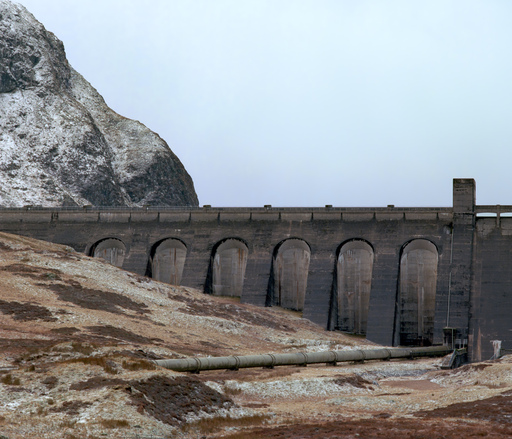

It is hard not to be in awe when you stand in front of one of the many hydroelectric dams that can be found throughout the Scottish Highlands. These large expanses of concrete strung across Scottish glens struggle to blend in with their surroundings, but their presence, perhaps majesty, means that they add to the surrounding landscape rather than being a detriment to it.

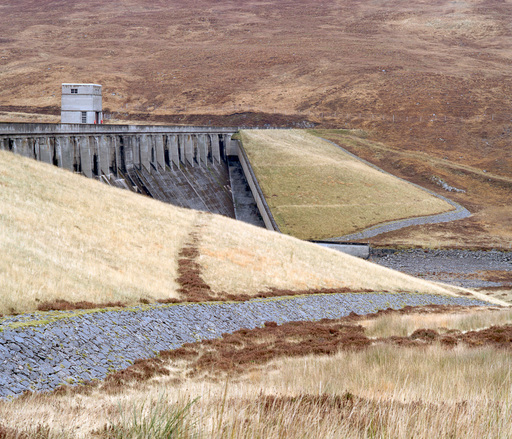
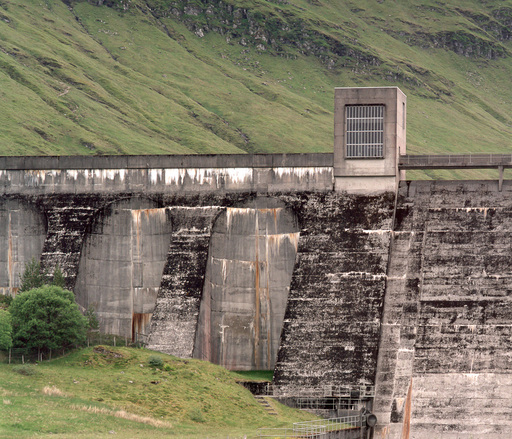
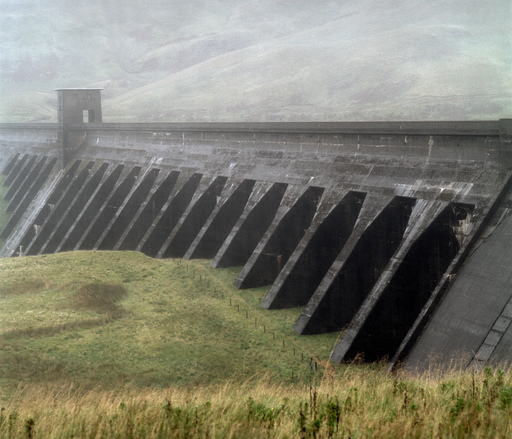

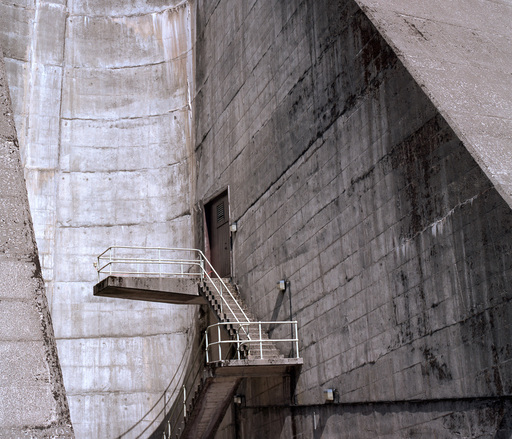


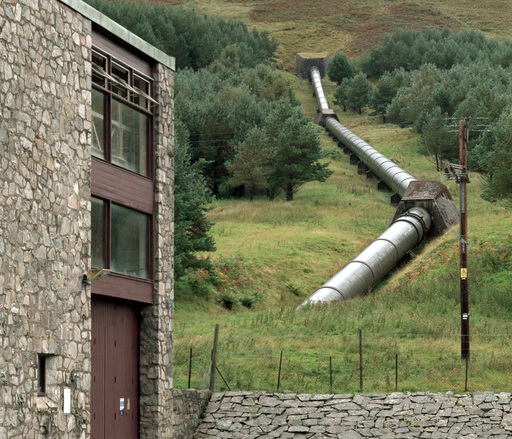
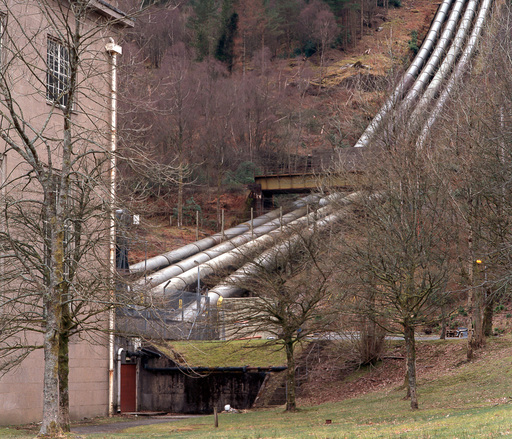

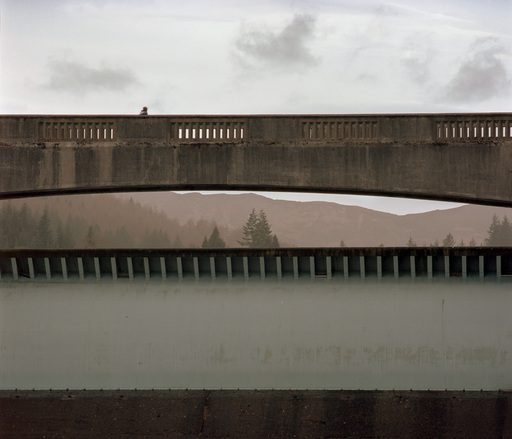
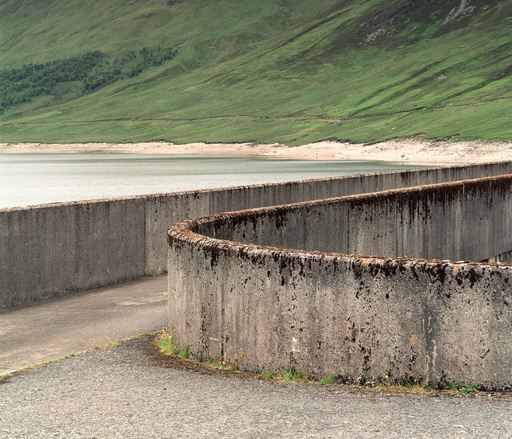
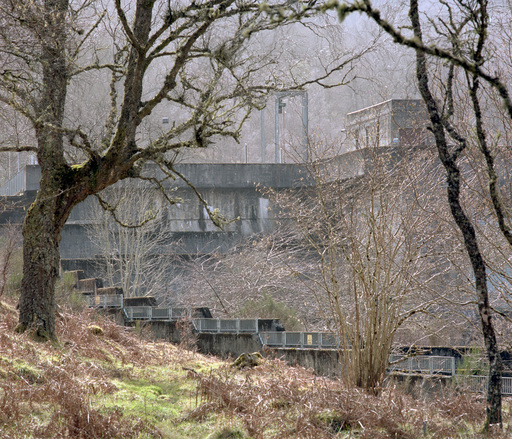
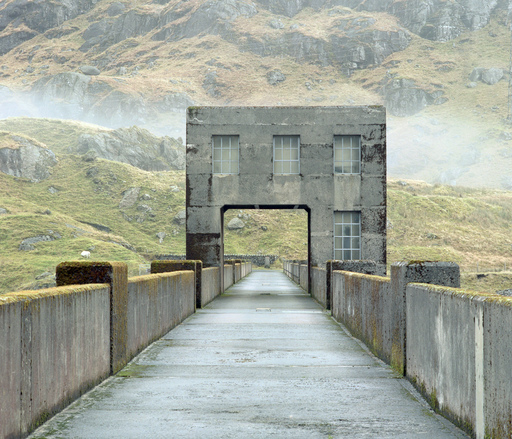
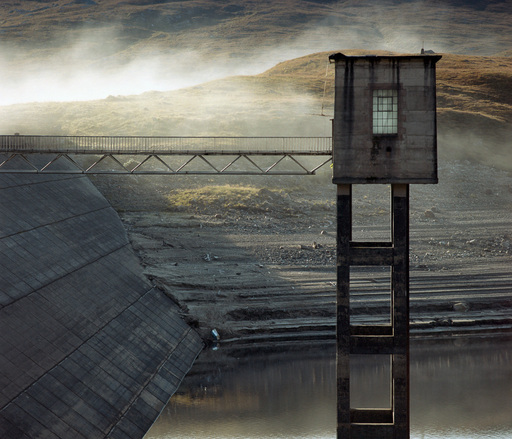

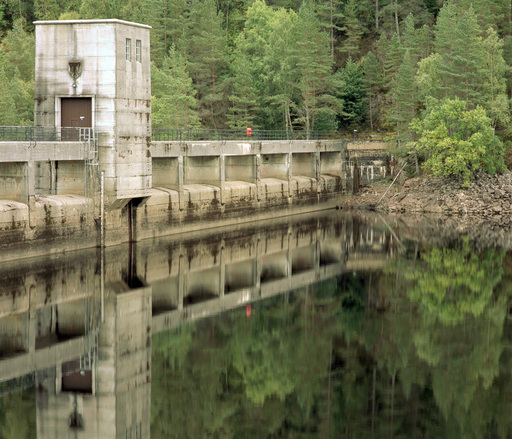
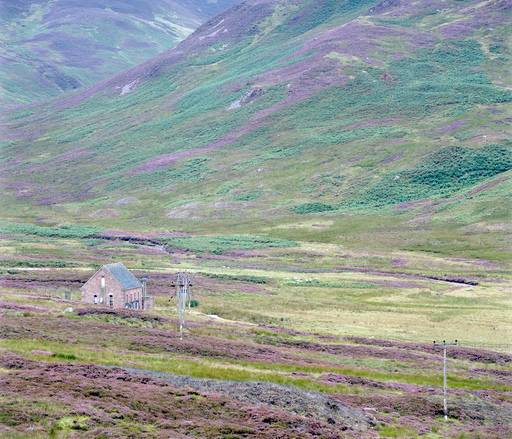
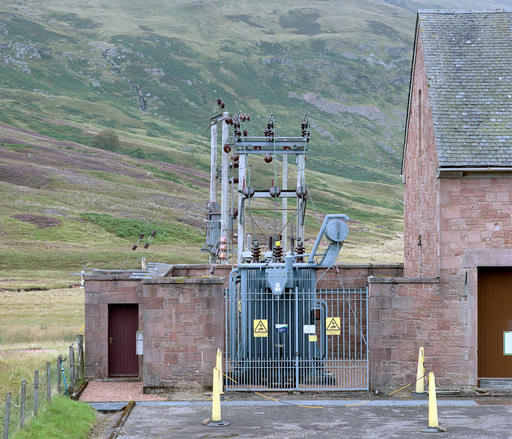
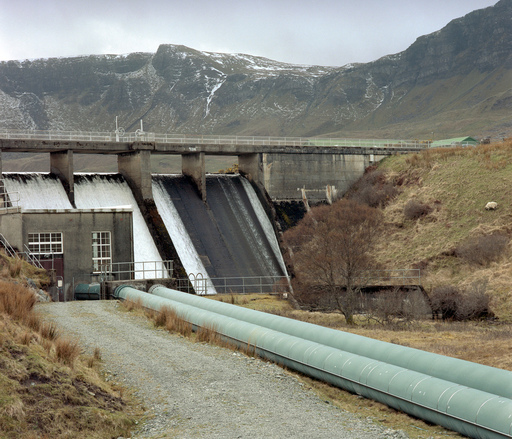

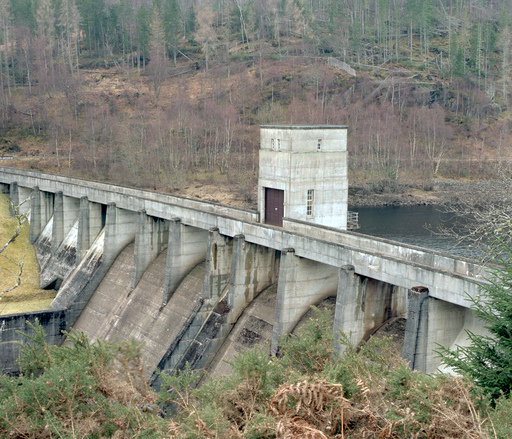
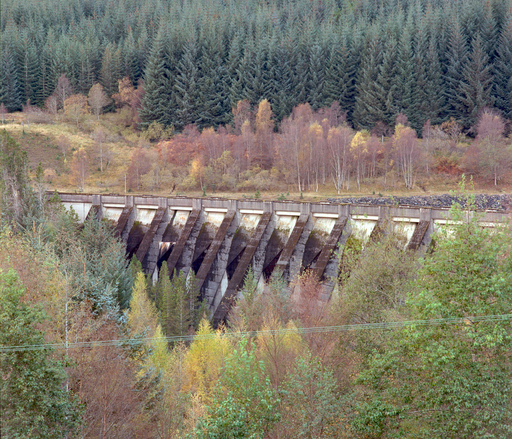
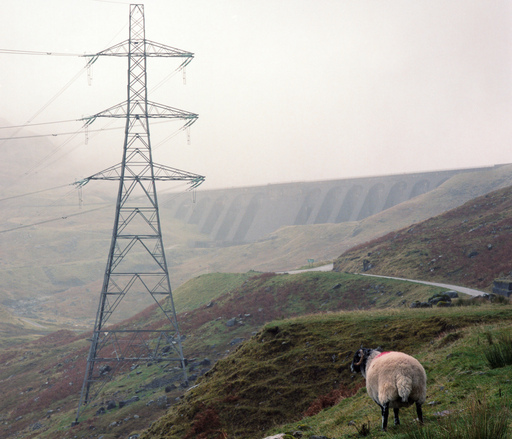
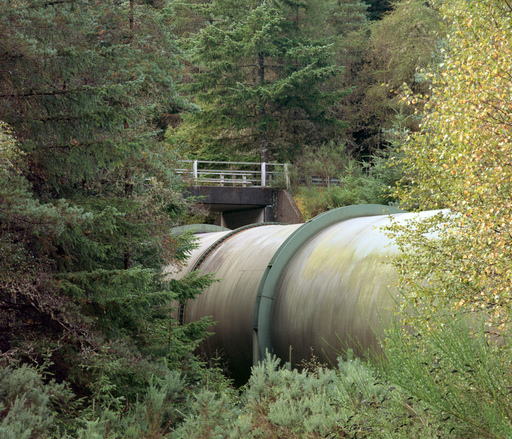
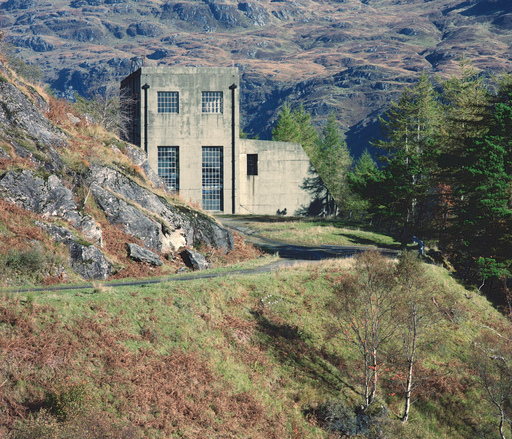
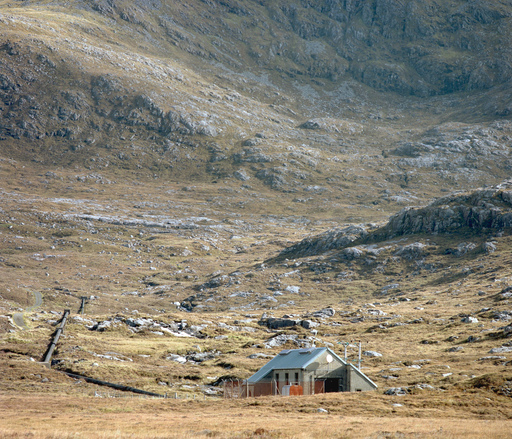
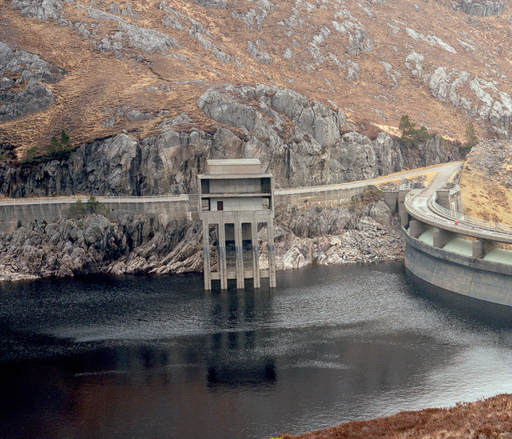

In a period of twenty five years post world war two, at least fifty major dams and power stations were built in the Scottish Highlands. The construction of this infrastructure was one of the largest engineering efforts in Scotland during the 20th century. It involved thousands of people, building miles of access roads, excavating miles of tunnels through mountains and, of course, the building of the dams and power stations themselves. This all happened in some of the remotest areas of Scotland and in some of the harshest conditions.
This work was done for the people of the Scottish Highlands. They were given priority over industry when it came to power needs. Profits created supplying electricity to the Central Belt were used to construct smaller schemes in the remoter areas of the Highlands to ensure that even the remotest settlements had access to electricity. This was called the “social contract” and was part of the political movement post world war two, that would later be responsible for the creation of the National Health Service.
I have spent the last few years documenting much of this hydroelectric infrastructure to be found in Scotland, investigating their form and the many interactions they have with their environment. This project has now come to an end and above is a small selection of the images I have made during this time.